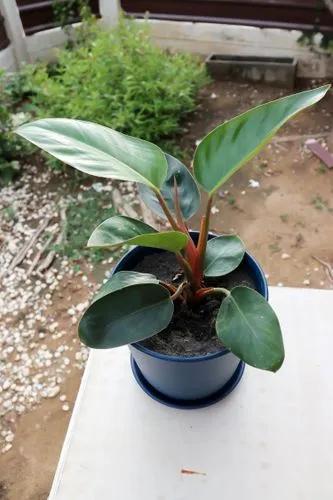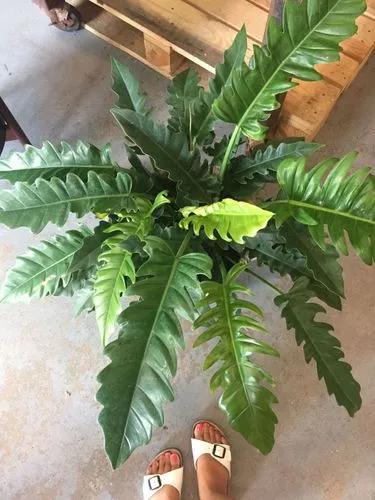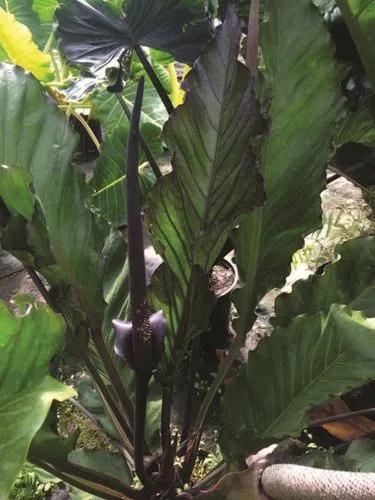Frosty Fern is a tropical perennial that mixes well in a large terrarium or dish garden. It makes festive foliage for your household on Christmas and can stay at your home as a houseplant afterward.
Frosty Fern Care
Selaginella kraussiana



This plant grows to 2 in (5 cm) high, shaping a clump of stems and arches them outside. The foliage of Frosty Fern spreads all over the rooting system. Frosty Fern came from the Azores and parts of mainland Africa. Other common names for this plant are Krauss' Spikemoss, Krauss's Clubmoss, or African Clubmoss.
How to Care for the Plant

Water

The growing season for Frosty Fern lasts from spring to summer. During that time, moist your plant when its surface becomes barely dry. Slightly reduce the watering frequency in fall-winter. The top inch of the soil needs to be dry when you decide to water the plant again.

Pruning

Don't prune Frosty Fern too much, as it can grow slowly. You can remove messy foliage with sharp scissors, from spring to summer, during the growing months.

Fertilizer

Your Frosty Fern won't need fertilizer for the first six months. After that, you can use kelp-based or diluted low nitrogen solution. Do it weekly in the spring-summer season. Too much fertilizer can cause root burn of your plant. Stop feeding your Frosty Fern if it becomes yellow.

Sunlight

Put an outdoor plant in the full shade. An Indoor Frosty Fern prefers medium/low lighting, so avoid placing it in direct sunlight.

Soil

Frosty Fern likes well-drained, moist, and organically rich soil with a 5.5-6pH. Avoid using outdoor substrates because they will drain slowly. Heavy dirt reduces oxygen availability to roots and decreases the plant's capability to take up water through its roots.

Propagation

Propagation options for Frosty Fern are division and leaf-cutting. If you cut the stem, whip off one section and plant it in the new container. Chop the plant right where the leaf begins to brunch. Cover the pot with a plastic bag to keep the humidity high.

Temperature

Weirdly, Frosty Fern is not a fan of frosty conditions. This plant prefers temperatures between 68-80°F (20-27°C) and starts to darken and droop in much hotter or colder environments. Move Frosty Fern indoors in the cold seasons.

Container

Choose a container of any material that is not too deep. The pot should be large enough to accommodate the roots with an extra inch (2.5 cm) of space for further growth. If the container is too wide than needed, this will encourage mold and smelly mildew apeearance. Make sure your pot has drainage holes.

Fun fact

People consider Frosty Fern a fern because it has leaves typical for this species and reproduces via spores like all ferns do. This houseplant belongs to the fern allies. The leaves of the fern allies, known technically as microphylls, are small, scale-like structures with a single mid-vein.

Popularity

2,975 people already have this plant 392 people have added this plant to their wishlists
Discover more plants with the list below
Popular articles






